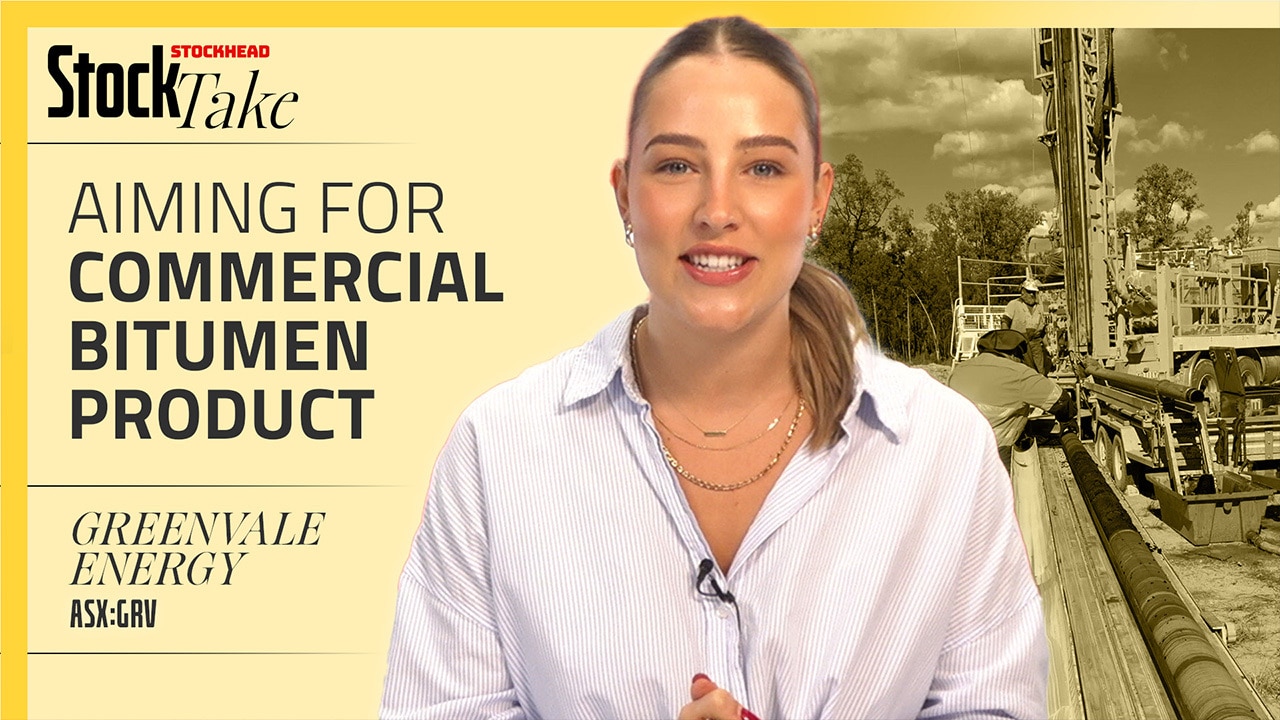RareX scores EIS funding on its hunt for WA gallium
RareX has secured up to 50% of its drilling costs covered by the WA EIS scheme at its Khaleesi rare earths project.

Stockhead
Don't miss out on the headlines from Stockhead. Followed categories will be added to My News.
Special Report: RareX has secured a spot in Round 31 of WA’s Exploration Incentive Scheme co-funded drilling program to cover up to 50% of costs from drilling at its Khaleesi rare earths project.
- REE secures WA EIS co-funded drilling grant for Khaleesi REE project
- The company has already reported up to 86g/t gallium, a critical mineral
- The plan is to RC drill six promising targets across the project
The company has already identified extensive gallium mineralisation at the project – including aircore intersections up to 86g/t gallium and rock chips up to 81g/t.
RareX (ASX:REE) says the plan now is to RC drill test multiple targets in the Khaleesi Alkaline Intrusion Complex on the hunt for what could be a large gallium mineralised body.
These targets include a mixture of magnetic, gravity and geochemical anomalies from historical geophysics and aircore drilling.
Gallium is the key mineral here, with demand growing due to Chinese export restrictions and its vital use in semiconductors, robotics, LEDs and a range of defence applications.
In fact, the global market is projected to grow from US$2.45 billion in 2024 to US$5.38 billion in 2028 and US$21.53 billion in 2034, representing a compound annual growth rate of 24.3%.
And being on the Aussie critical minerals list, it’s a no brainer that exploring the gallium potential at Khaleesi has attracted EIS funding from the WA Government.
On the hunt for a large gallium system
The EIS program entitles the company to receive up to 50% of direct drilling costs, capped at $160,000, and up to 50% of mobilisation costs, capped at $15,000, for a total refund of up to $175,000.
REE plans to complete between 300m and 1300m of RC drilling at the project, with an average hole depth of 100m, across six targets.
“This support from the Western Australian Government is a strong endorsement of the project’s prospectivity and the quality of our technical approach,” REE MD James Durrant said.
“The grant will allow us to accelerate exploration across multiple high-priority targets, including the highly prospective Niobe prospect, where the exploration team has identified a potential very large gallium mineralised system.
“Niobe has the potential for many tonnes of contained metal within the extensive moderately mineralised regolith and basement granitic rocks over 5km x 3km.
“With this funding, we are well positioned to unlock the district-scale potential of the Khaleesi Alkaline Intrusion Complex and advance our strategy to deliver critical minerals for the future.”
Meat on the bone
There’s plenty of evidence to suggest Khaleesi and its Niobe prospect could host high grade gallium, which would be a fillip for RareX after it identified the highest grade gallium assays in Australia through historical drillcore from its Cummins Range project in WA’s Kimberley.
Khaleesi is located north-east of the Queen Victoria Springs Nature Reserve, immediately adjacent to the Mulga Rocks uranium and rare earths deposit, and near the Ponton Dyke, which has returned grades in drilling of 28m at 10% TREO and 6m at 20.57% TREO.
Historical exploration has shown evidence of gallium enrichment, confirmed by two rock chip samples from an outcropping quartz-feldspar-biotite granite which returned assays of 81g/t Ga2O3 and 60g/t Ga2O3, respectively.
Peak values of 86g/t Ga2O3 were also recorded in hole RDA211, drilled in an historical aircore program conducted along two 5km lines up to 2.3km apart at Niobe. Gallium was found to be present in both the basement rock and overlying regolith.
Results included:
- 39m at 65 g/t Ga2O3 from 8m in RDA205, EOH
- 47m at 60 g/t Ga2O3 from 4m in RDA231, EOH; and
- 9m at 71 g/t Ga2O3 from 12m in RDA211, EOH, including 5m at 86 g/t Ga2O3.
There are three targets to be tested, two of which (T1 and T2) are designed to test an exploration model that Niobe is prospective for concealed carbonatites or magmatic hydrothermal deposits akin to Ponton Dyke.
The separate T3 target will be tested for gallium enrichment and continuity in both the regolith and basement rocks along a planned 2.8km drill line.
This article was developed in collaboration with RareX, a Stockhead advertiser at the time of publishing.
This article does not constitute financial product advice. You should consider obtaining independent advice before making any financial decisions.
Originally published as RareX scores EIS funding on its hunt for WA gallium






